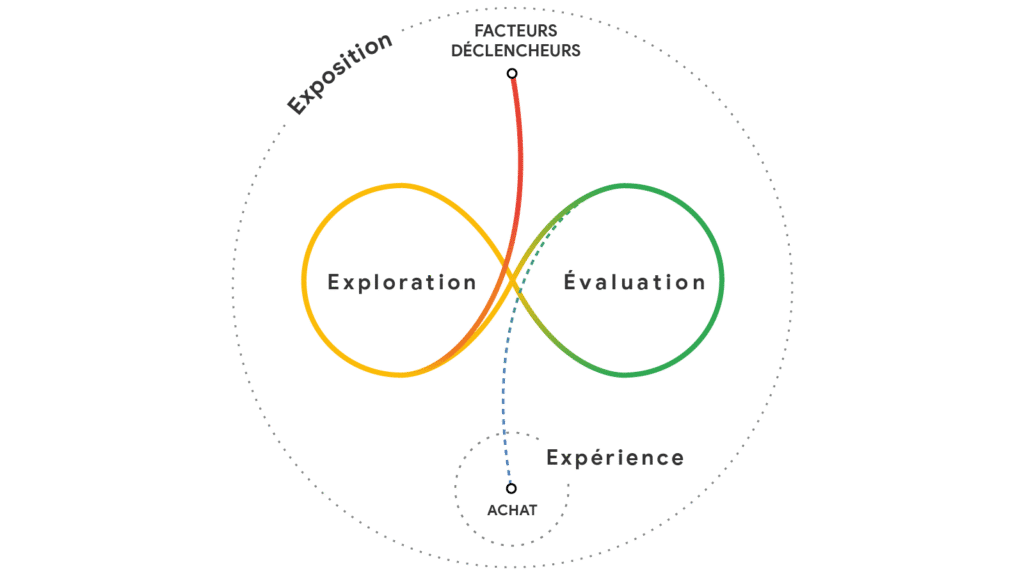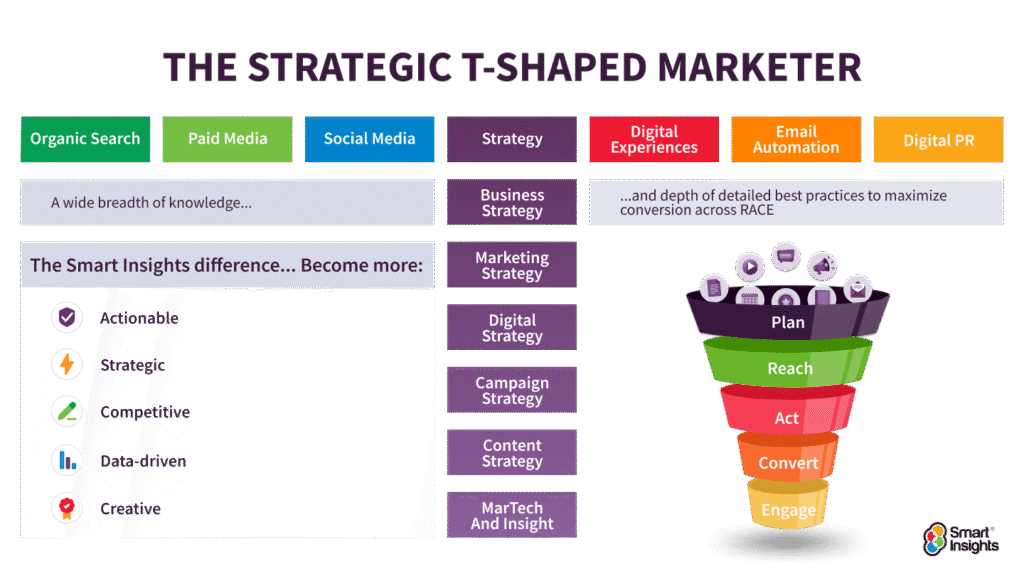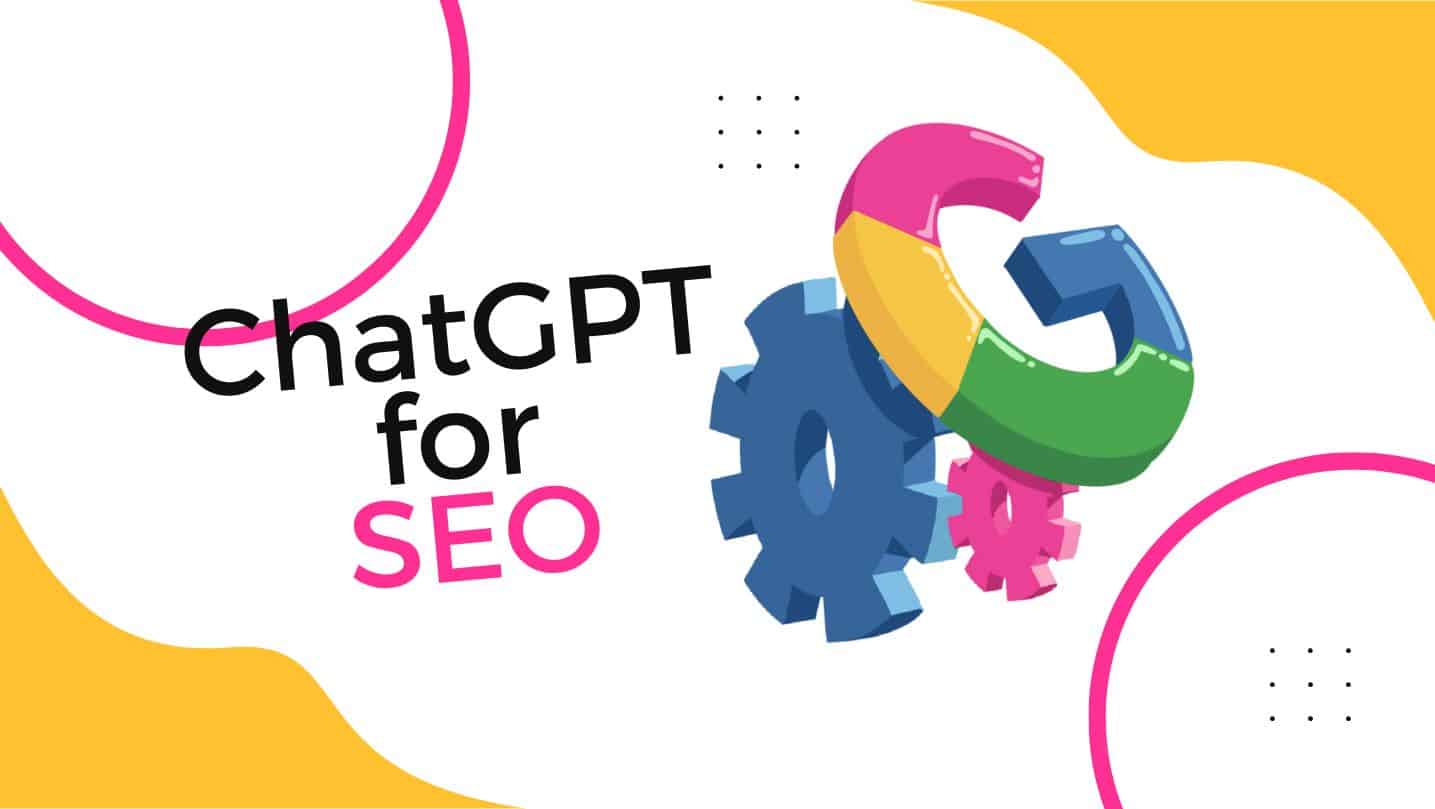The CMO‘s role has changed. Gone are the days when the role was confined to “running campaigns”. In a market where buying signals are scattered, privacy is tightened, and AI is omnipresent, the marketing director becomes the co-pilot of growth. CEOs no longer just want media buzz; they demand revenue, a tailor-made customer experience, and precise management of digital marketing investments. If you already hold this title (or are aiming for the position), here’s your compass.
Why CEO Expectations are Evolving
The transformation isn’t ideological; it’s economic. Acquisition costs are rising, competition is accelerating, and loyalty must be earned. In this context, marketing is no longer a cost center but a profit center… provided it’s linked to strategy, sales, and finance.
CEOs expect a CMO to know how to prioritize, arbitrate, and prove. Not in 80 slides: but with a few metrics that illuminate the decision.
In short: the value of marketing is measured by scaling good ideas and quickly discarding bad ones. The rest is just theory.
To frame discussions, ground yourself in contemporary models: the Messy Middle described by Google helps understand the real-life customer journey: exploration then evaluation, in a loop. Useful for deciding where to intervene (brand, proof, offer).

Data & Market Intelligence: Numbers that Drive Decisions
Simply “doing data” is pointless if decisions remain the same. True maturity begins when LTV, CAC, or NRR truly guide budget allocation. An effective marketing director connects 1st-party sources (CRM, server-side analytics, customer feedback) to market signals, then tells a simple story: here’s what’s happening, here’s what we’re testing, here’s what we’re stopping.
Key takeaways:
- Move from descriptive (“what happened”) to prescriptive (“what we do now”).
- Document your assumptions to avoid turf wars.
- Speak business: one metric, one action, one expected impact.
To deploy a clean measurement foundation: solid tracking, UTM nomenclature, clean CRM, and… a proper analytics setup. If you need a hand, our Tracking & Analytics (GTM, GA4, server-side) team can audit and ensure the reliability of your data flow.
Tech, AI, and New Channels: Choose Better, not More
The temptation to stack tools is strong. However, each additional platform increases operational debt. The CMO‘s role is not to buy software, but to solve concrete problems: execution latency, lack of useful targeting, creative costs, results measurement.
AI is valuable when it helps generate creative variations, score leads, or clean data. It becomes a gadget when it produces more dashboards without leading to better decisions.
Decision Checklist (Quick)
- Real problem identified?
- Clean integration with the rest of the stack?
- Quantified and measurable gain hypothesis?
- Reversibility if the test fails?
If you answer “yes” to all four, you have a good candidate. Otherwise, close the tab.
Strategic Vision & Alignment: the Art of Focus
Strategy isn’t a long to-do list; it’s a short list of trade-offs. A credible CMO translates CEO objectives into clear bets for 12 months, then for 90 days.
You don’t optimize everything at once. First, solve the most costly bottleneck: conversion, retention, channel mix, pricing—it doesn’t matter, but only one at a time.
Express Method in Four Steps:
- Set a quantified North Star (e.g., -10% CAC).
- Choose a maximum of three bets, rated impact × confidence × effort.
- Implement a shared scorecard.
- Maintain the pace: monthly reviews, documented decisions, stop/keep/start.
HBR resources on “what metrics truly matter” are useful for framing all of this.
Truly Working Cross-functionally
Effective marketing is by definition cross-functional. The best campaigns arise from an almost commonplace trio: sales data, product roadmaps, and the voice of the customer. The marketing director‘s job is to orchestrate it all, not to monopolize the score.
A short, decision-oriented ritual meeting is better than a Slack channel that’s on fire.
Three Game-Changing Rituals:
- Sales × Marketing pipeline review (clear MQL/SQL definitions, timelines, feedback).
- Monthly “Go-to-Market” council (Product, Support, Finance) to synchronize messages, offers, and launches.
- VoC Loop: what customers say feeds creative and product within a week.
Becoming the Brand Influencer and Advocate (Inside & outside)
Your brand doesn’t just live in advertisements. It’s expressed in onboarding emails, support responses, help pages, your team’s LinkedIn posts, and how you react in a crisis.
Digital marketing provides amplification, but consistency builds trust.
Specifically, the CMO drives a simple narrative: customer problem → clear solution → tangible proof → vision.
Add credible voices (customers, partners, internal leaders) and a regular presence on the channels where your buyers get information. No need to be everywhere; you need to be good where you are.
Skills and Training: the T-shaped Profile that Delivers
CEOs are betting on “T-shaped” profiles: a broad base (strategy, data, content, performance, operations) and a defined specialty (lifecycle, brand, performance media, product marketing, partnerships, etc.). Skill development doesn’t need a five-year plan; 90 days are enough to change the game if the pace is right.
A plausible plan: first month dedicated to audit and quick wins, second to standardization (UTM, reporting, processes), third to team training and launching two strong bets.
At each step, note what you keep, what you stop, what you test—that’s your operational memory.

What the CEO (Really) Looks At
Make no mistake: the CEO loves beautiful creatives, but they adore numbers that sing true. They want to see the share of revenue influenced by marketing, conversion speed, pipeline quality, cost per funnel stage, share of voice, and the evolution of the organic/paid mix. And, above all, the impact on cash: CAC, payback, LTV/CAC.
Deliver this information on a single page, on a fixed date, with a clear recommendation. You’ll gain trust with each iteration.
A 12-Month Roadmap that Works in Real Life
Quarter 1: Laying a Healthy Foundation.
Clean up data (UTM, CRM deduplication), migrate server-side tracking if necessary, define shared KPIs, and align with Sales. On the creative side, formalize messaging pillars and proof points (customer cases, figures, UGC). It’s not spectacular, but it’s what makes everything else possible.
Quarter 2: Accelerate without Spreading Yourself Thin.
Double down where results are proven. Test an emerging channel (retail media, podcast, CTV) with a measurement protocol from the outset. Implement useful lifecycle journeys (welcome, onboarding, win-back) and capture intent signals to feed Sales.
Quarter 3: Sustain and Optimize.
Refine the mix, introduce a “light” MMM to inform budget trade-offs, renegotiate your media buys. Strengthen brand assets (modular videos, living brand book) and continue ongoing training. The goal: more predictability, less reliance on a single channel.
Conclusion: the CMO of the Future… Starts Today
Ultimately, the CEO’s demand is simple: focus, proof, execution. A CMO who chooses their battles wisely, presents numbers that lead to decisions, and aligns teams around a plan will always short-circuit complexity. And if you want a co-pilot who speaks the language of business and that of digital marketing, we can discuss it over a donut 🍩
FAQ
How Does a CMO Prove ROI without Falling into the Vanity Metric Trap?
By measuring incremental rather than gross volume: geographical tests, cohort analyses, conversion uplift, light MMM for budget arbitration. Each action must point to an identifiable business impact.
What Skills are Now Essential for a Marketing Director?
A solid data foundation (server-side tracking, hybrid attribution, datavis), mastery of the paid/owned/earned mix, product instincts, and leadership soft skills: prioritization, storytelling, negotiation.
How to Align Marketing and Sales when Starting from Scratch?
Start with a clear SLA (MQL/SQL definitions, response times, feedback). Feed the pipeline with context (intent, source, message) and set up a short, decision-oriented weekly review.
Should You Multiply Martech Tools to Stay Competitive?
No. A small, well-integrated ecosystem beats a bloated system. Each tool must solve a specific problem, integrate cleanly, and prove a measurable gain in less than 90 days.
Does Creative Matter more than Targeting?
With an equal budget, often yes. Good creative clarifies the promise, proves the value, and makes the call to action obvious. Targeting amplifies; creative convinces.







